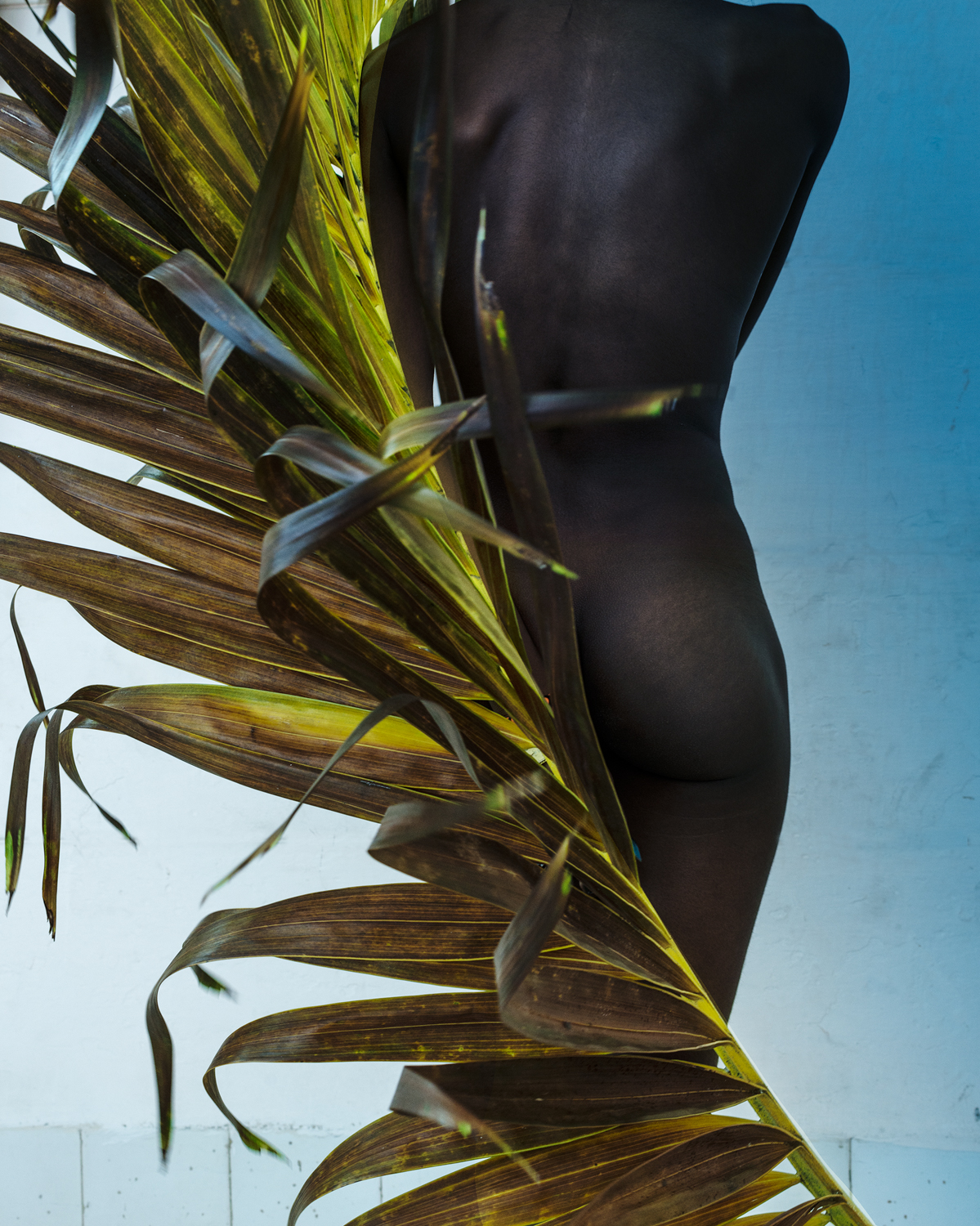
Enhance the drama by working with strong compositions lines
Composition refers to the way the elements of a photograph are arranged within the frame. It is a crucial aspect of photography, as it determines how the viewer’s eye is drawn to different parts of the image and what elements are emphasized. Composition lines are one of the tools that photographers use to create a sense of structure and order within the frame.
Composition lines form an invisible construction within the frame, guiding the viewer’s eye and directing their attention to the main subjects and points of interest in the image. They can be created by the edges of objects, the shapes and forms within the scene, and the lines and curves that are present.
There are several types of composition lines, including leading lines, diagonal lines, converging lines, repeating lines, and lines that create patterns and shapes. Each type of line serves a different purpose in the composition and can be used to create different effects.
For example, leading lines are lines that draw the viewer’s eye into the frame and create a sense of depth and perspective. Diagonal lines create a sense of movement and tension in the image, while converging lines create a sense of depth and perspective. Repeating lines create a sense of rhythm and balance in the image, and lines that create patterns and shapes add visual interest and depth to the image.
By using composition lines effectively, photographers can create dynamic and visually appealing images that draw the viewer’s eye and communicate the desired message or emotion.
I hope this helps to clarify the basics of composition and the role of composition lines in creating focus and meaning in an image.
Using strong composition lines is a great way to enhance the drama in your photos and create a more dynamic and visually interesting image. Here are a few tips on how to work with strong lines in your compositions:
- Use leading lines: Leading lines are lines that draw the viewer’s eye into the frame and help to create a sense of depth and perspective. Examples of leading lines include roads, fences, and rivers.
- Use diagonal lines: Diagonal lines create a sense of movement and can add tension and drama to your compositions.
- Use converging lines: Converging lines are lines that come together at a point in the frame, creating a sense of depth and perspective. Examples of converging lines include roads, railway tracks, and buildings.
- Use repeating lines: Repeating lines are lines that repeat in a pattern, creating a sense of rhythm and balance in the image. Examples of repeating lines include rows of trees, poles, and fence posts.
- Use lines to create patterns and shapes: Lines can be used to create patterns and shapes within the frame, adding visual interest and depth to the image.






























